- Julijana Cvetkovska
- February 13, 2025
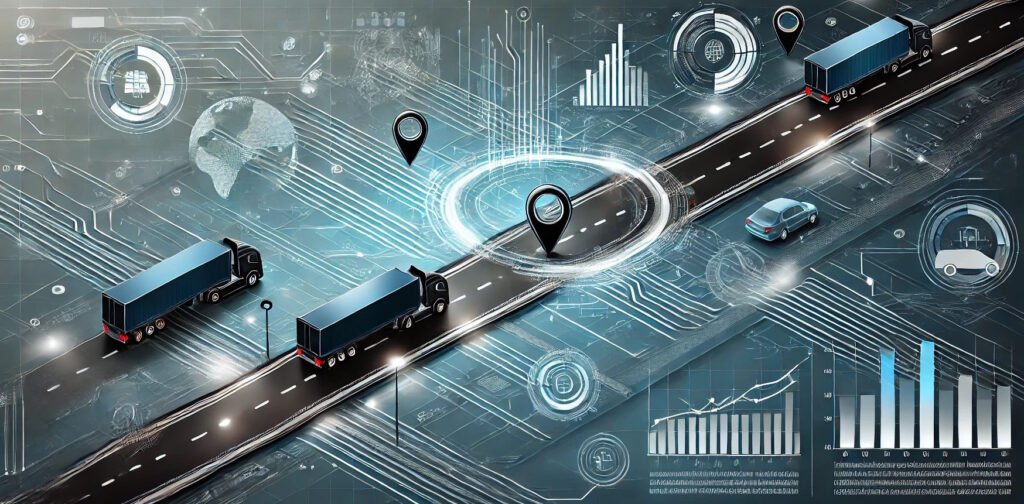
The Silent Revolution on Our Roads
Every day, 15 million terabytes of data pulse through the veins of global transportation systems. Most of us never see
it, but this invisible force is reshaping how cities move, how goods are delivered, and how accidents are prevented.
I’ve spent years observing how raw data transforms into actionable insights—like how a single algorithm can reroute
an entire fleet during a snowstorm, saving hours and lives. Today, transportation data services aren’t just tools;
they’re the backbone of smarter, safer, and more sustainable mobility.
Let’s cut through the noise. Transportation data services aren’t about flashy dashboards or jargon-filled reports.
They’re about solving real problems: reducing traffic jams that cost economies $87 billion annually, predicting
maintenance issues before a truck breaks down, or reconstructing accidents with pixel-perfect accuracy. Companies
like Crodymi have mastered this art, turning chaotic data streams into clarity—whether it’s optimizing a delivery route
or dissecting a crash scene.

The Engine Beneath the Hood: What Transportation Data Services Actually Do
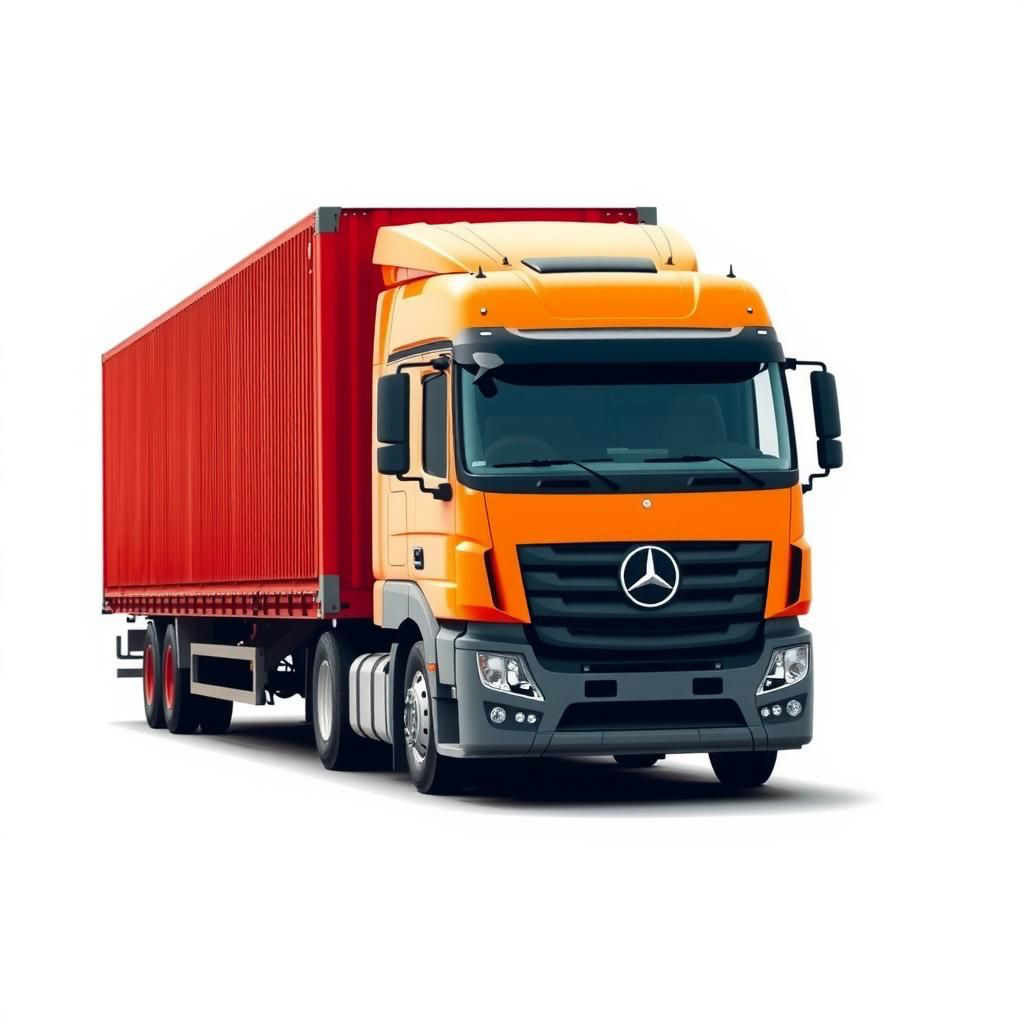
At its core, transportation data services involve three steps:
- Collecting real-time information (traffic patterns, vehicle diagnostics, weather conditions).
- Analyzing it using machine learning and predictive models.
- Acting on insights to improve efficiency, safety, and sustainability
Take fleet management. Sensors in trucks monitor engine performance, driver behavior, and route efficiency. By
cross-referencing this with weather data, companies can avoid delays and reduce fuel consumption by up to 15%. Or
consider crash analysis: tools like Crodymi’s Event Data Recorder (EDR) extraction decode a vehicle’s “black box” to
reconstruct accidents with scientific precision—critical for insurers and legal teams.
Four Ways Data Is Solving Transportation’s Biggest Headaches
- Real-Time Traffic Optimization – Cities like Barcelona use live traffic data to adjust signal timings dynamically,
cutting congestion by 21%. For logistics firms, this means rerouting deliveries mid-journey to avoid gridlock. - Predictive Maintenance – Sensors in vehicles flag issues before they escalate. One European trucking company
reduced breakdowns by 40% by analyzing engine heat patterns and oil viscosity data. - Crash Prevention and Reconstruction – Machine learning models analyze historical crash data to identify high-risk
zones. Post-accident, tools like Crodymi’s scene animations turn raw data into courtroom-ready visuals, clarifying
liability in complex cases. - Sustainable Route Planning – Data-driven route optimization isn’t just faster—it’s greener. UPS’s ORION system
saves 10 million gallons of fuel yearly by minimizing left turns and idle time.
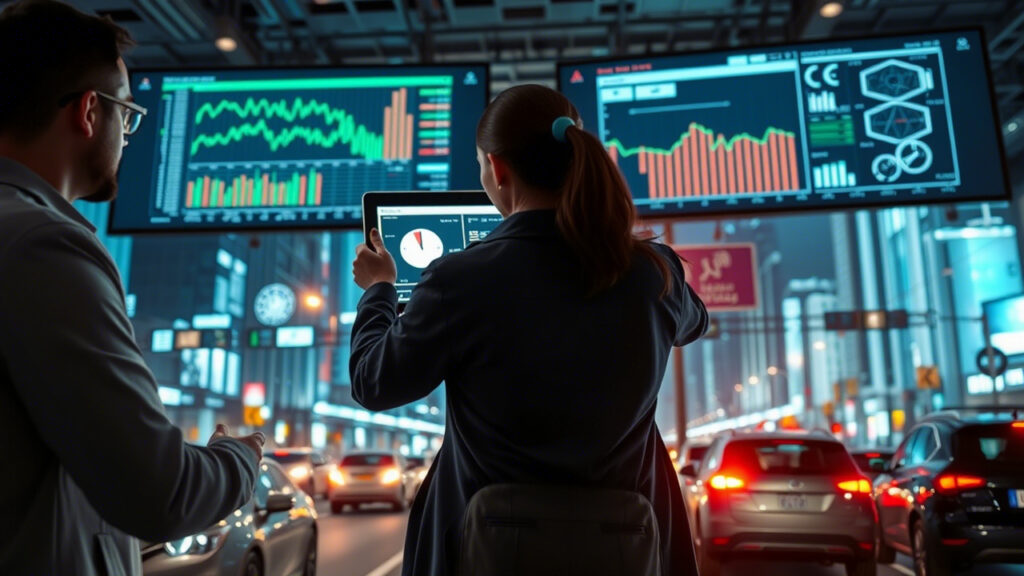
Why This Matters to You (Yes, You)
You don’t need to be a logistics manager to care. Ever been stuck in traffic because of a poorly timed light? That’s a
data problem. Ever paid extra for “rush delivery”? Data could’ve streamlined the supply chain. Even cyclists benefit:
cities like Amsterdam use pedestrian movement patterns to design safer bike lanes.
The magic lies in accessibility. Modern platforms, such as Crodymi’s transportation data services, democratize these
insights. A small trucking company can now access the same predictive tools as industry giants—analyzing
everything from tire pressure trends to driver fatigue patterns.
The Ethical Tightrope: Data’s Double-Edged Sword
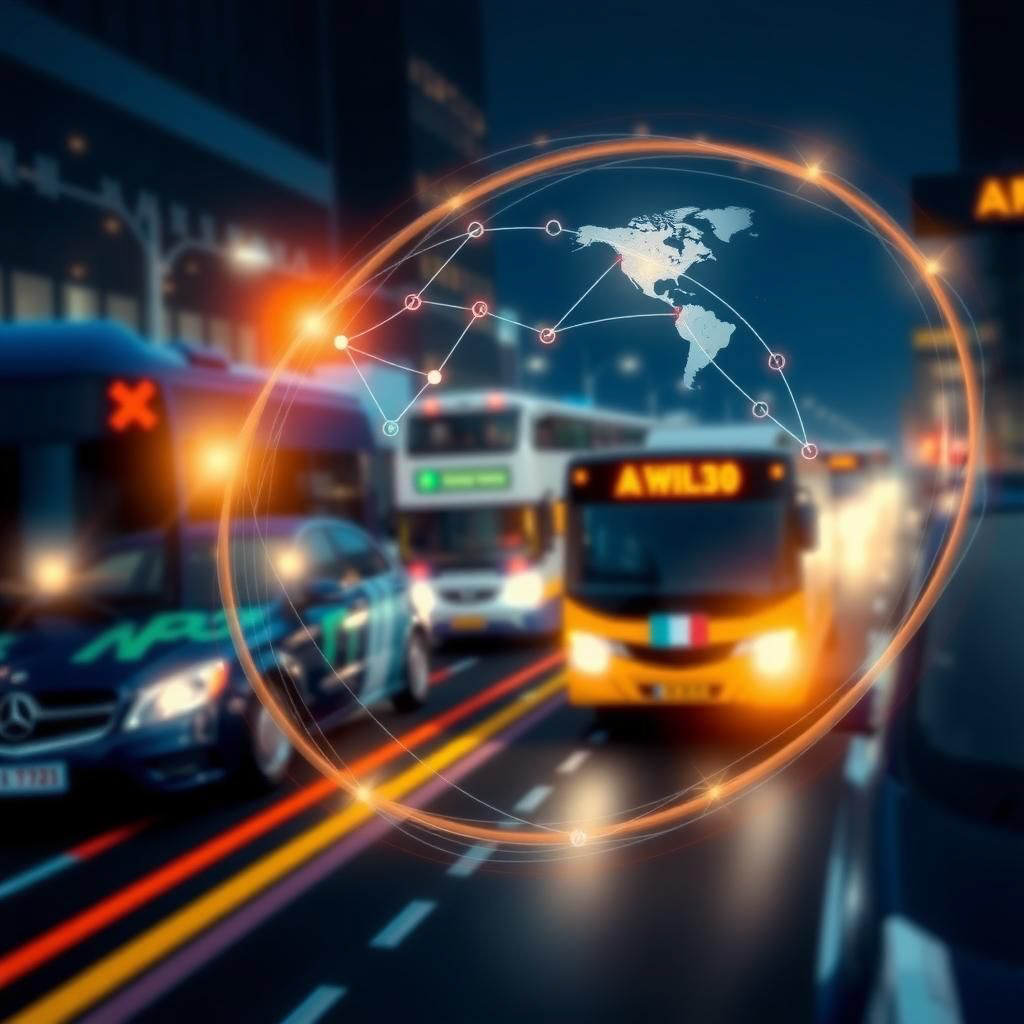
But let’s pause. With great data comes great responsibility. Privacy concerns loom large—should your commute
patterns be tracked? Who owns the data from your car’s black box? Companies like Crodymi address this by
anonymizing datasets and adhering to strict GDPR protocols, ensuring transparency without compromising utility.
The Future: Where Do We Go From Here?
Autonomous vehicles get the headlines, but the real innovation is quieter. Imagine traffic lights that communicate with
cars, or drones that adjust delivery routes mid-flight based on live weather updates. The key? Seamless data
integration.
For businesses, the message is clear: lean into data or get left behind. Start small. Audit your current operations—
could GPS tracking reduce idle time? Would predictive maintenance cut costs? Platforms like Crodymi offer tailored
solutions, whether you’re managing a 10-truck fleet or a multinational supply chain.
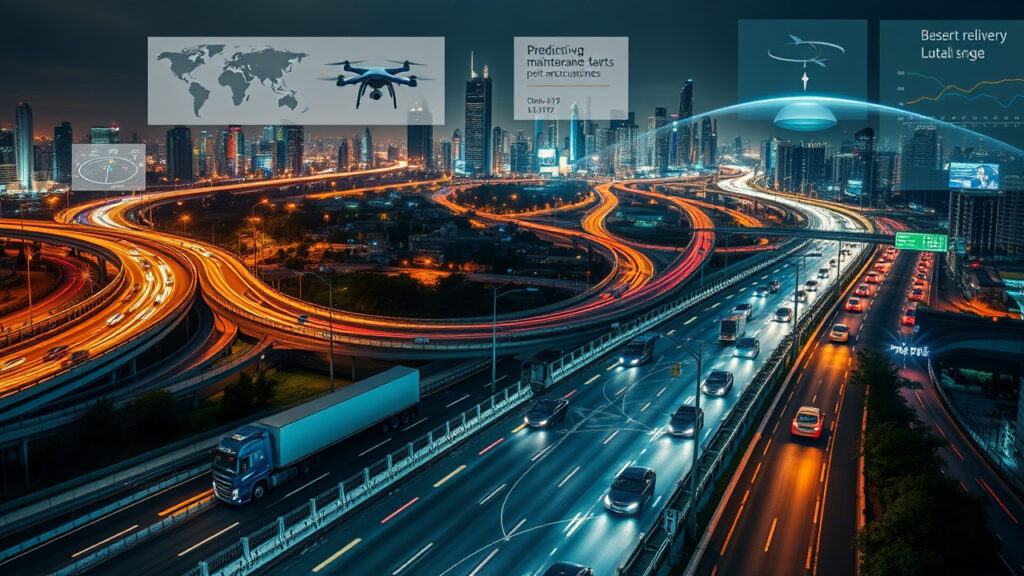
Your Next Move
Transportation data services aren’t a luxury; they’re the new baseline for efficiency and safety. The tools exist. The
insights are waiting. The question is, how will you use them?
For a deep dive into actionable data solutions—from crash analytics to fleet optimization—explore Crodymi’s
transportation data services. Their expertise in turning raw data into real-world results has redefined how industries
approach mobility challenges.
References
- Crodymi. (2024). Transportation Data Services . Retrieved from https://crodymi.com
- Global Trade Magazine. (2022). SEO Strategies for Logistics Companies . Retrieved from
https://www.globaltrademag.com/seo-marketing-strategies-for-logistics-and-transportation-companies/ - WebFX. (2025). Inside SEO for Transportation and Logistics . Retrieved from
https://www.webfx.com/industries/professional-services/transportation-and-logistics/seo/

